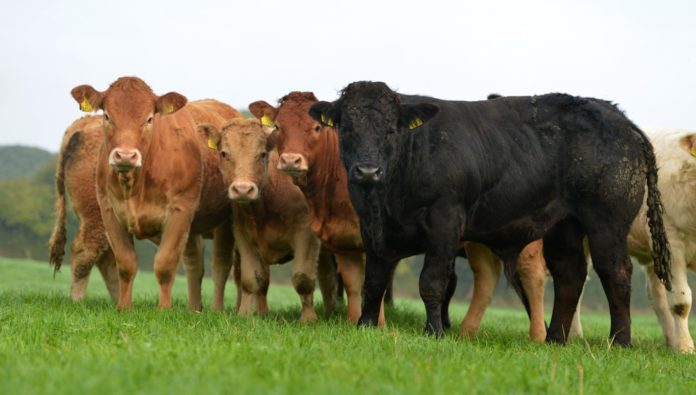Complementary and Alternative Methods (CAMs) can “significantly” reduce antibiotic use and vet costs on Irish and UK farms.
That is according to a new survey – involving over 220 livestock farms (80% commercial) in Ireland and the UK – that Whole Health Agriculture conducted from May 2020 until January 2021.
WHAg is a not-for-profit organisation dedicated to programmes that develop and promote a whole health approach to farming and food.
It released the survey findings in a report entitled: Alternative Approaches to Livestock Healthy Survey.
CAMs
According to the survey, through the use of CAMs, these farms reported:
- Up to 69% reduction in antibiotic use;
- Up to 70% reduction in vet costs;
- A significant reduction in disease frequency and severity;
- An 84% overall improvement in livestock health;
- 24% of farmers report they have achieved and are maintaining ZERO antibiotic usage;
- 65% of farmers reported lower disease frequency and/or less severity of disease overall;
- 40% overall report zero, low or reduced wormer usage;
- 36% report reduced frequency or severity of lameness.
Main CAMs farmers use:
- 88% of farmers surveyed use homoeopathy;
- 68% use herbs and medicinal plants (including herbal leys);
- 63% utilise essential/plant oils;
- 46% use fermented foods.
How farmers use CAMs:
- Prevent disease: (88%);
- First aid, including infections, injuries, birthing problems: (86%);
- Routinely at stressful events such as weaning tail ringing, transport, and vet visits: (86%);
- Chronic health problems such as infertility and lameness: (71%).
Dairy farmers
According to the survey findings, 67% of dairy farmers say their herds have lower disease frequency and reduced disease severity.
As well as achieving significant reductions in antibiotic use, 69% of dairy farmers report “significant” improvement in the general health and their livestock’s well-being, 90%.
According to the report, 33% of all farmers, and 52% of dairy farmers, report increased financial profitability of the farm.
Over 50% of dairy farmers claim to record less frequent/severe mastitis and lower cell counts.
Furthermore, 71% of dairy farmers noted lower vet and medicine costs.
WHAg’s Head of Livestock Health Programmes, Chris Aukland, MRCVS, said:
“We now know that a CAMs approach can work really well; the farmers’ experiences cannot be ignored.”
“Given the current global environmental challenges, wholistic methodologies and practices are where the future lies for the sake of our collective health.”
WHAg chairperson, Lawrence Woodward, commented: “This survey highlights the value of these alternative approaches.”
“The voices of these experienced farmers should not be ignored,” Woodward concluded.
Other reading:
- An interview with ‘The Homeopath Farmer’
- CAM remedies that cattle farmers can use





